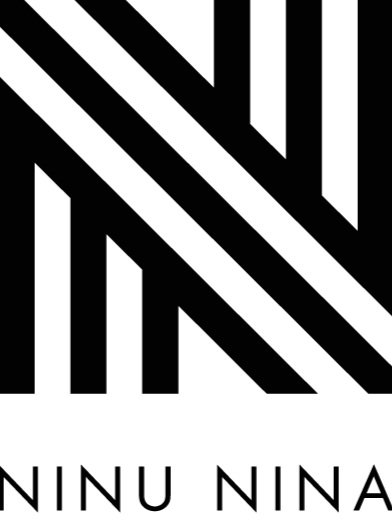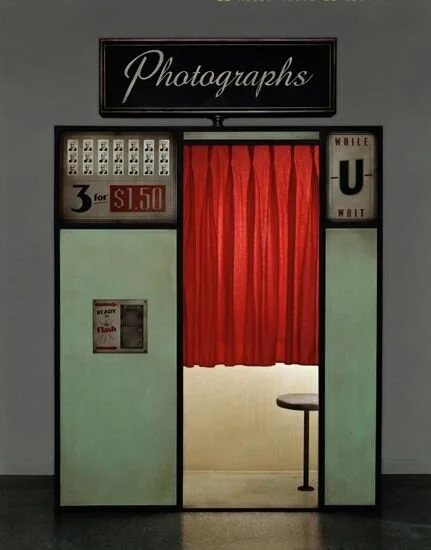Interview with Artist Hior Chronik
Interview with Greek- Berlin based Artist Hior Chronik
If you’ve been following my interviews, you’d tell I have a special interest in music that reflects a sense of melancholy, particularly now in Winter. I was very excited to have the opportunity to learn more about Greek-Berlin based artist who also directs all his own beautiful videos. Hior Chronik (George Papadopolous), born in Athens in 1974, began his relationship with music as a radio producer for Jazz fm in the early 90s' and as a columnist for various music magazines.
What are your greatest inspirations Hior?
My inspirations always come from nature or from some sad political episodes that happen in the world.
Somehow my music is a demonstration and protests against anything that kills vulnerable humans and unprotected beings in general. Musically speaking, my influences are Arvo Part and Ben Frost.
What do you think, what are the biggest challenges of the music industry today?
To be yourself out of the box of marketing. Not caring where this, being yourself, will take you.
I'd love to hear a bit more about your compositional style and creative process while working on "Blind heaven" – could you tell me more, please?
I started to work for this album last winter in Berlin. Cloudy weather really helps me to focus on my work.
The process wasn’t hard at all because it was like I knew very well what I wanted to do. The style is still cinematic as before, but more noisy and drone this time around. It’s also more electronic than my album, ‘Out of the dust’.
And what about the visual aspect of your work? How important are visuals for your performance?
It both is and isn’t important. I mean, I like to use visuals that fit with my music for my live shows but people can always choose if they want to watch them or close their eyes and just listen.
How was it to collaborate with so many exceptionally good artists on your latest album?
Collaborations are exciting because they are a learning process. I also enjoy them because it allows the artists to put their own touch to the tracks. There is something really special about the sound of Masayoshi Fujita and Francesco Donatello which is why I really wanted them to be part of this album.
Plus the peaceful and serene voice of Amber Ortolano and the touch of the piano of my good friend Hania Rani, make this album more beautiful than it could ever be without them.
How is it different playing live than in the studio?
Live show is always a bit different than the sound of the album. If it was the same it would be boring.
Of course, I feel more comfortable in my studio than playing live. But I enjoy it more when I share my music with people live.
Sharing is really the main purpose of anything I do.
Thank you Juste.



